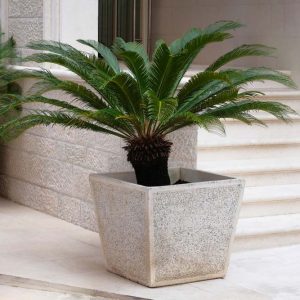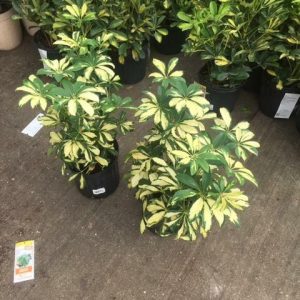Description
Petasites – Butterbur – Sweet Coltsfoot –
There are about 15, dioecious, rhizomatous perennials in the daisy family in this genus. They occur in Europe, Asia and North America, from mountainous regions, others in swampy sites, by streams , and moist woodland. They have long stalked, heart to kidney shaped basal leaves and smaller, short stalked or stalkless, scale like stem leaves. Thick stems bear purple, white, or yellow flower heads, which usually consist of a mixtures disk and thread like centers (some fertile, some sterile), they are borne singly or in dense corymbs, racemes or panicles. Individual plants either male or female. Grown for their large leaves, they provide good groundcover beside a stream or pool, or in a wild garden, although they easily become invasive. The flowers provide early nectar for bees.
Grow in deep, humus rich, fertile soil that is permanently moist but not stagnant, in partial or full shade. Divide in spring or autumn.
Prone to rust.
P. fragrans – Winter heliotrope – This spreading perennial from Central Mediterranean grows 12″ tall and 5′ feet wide. From fleshy rhizomes sprouts kidney shaped, toothed, basal leaves, to 5″ across, hairy beneath, borne on stalks to 12″ long. Short, lax panicles of about 10 strongly vanilla scented, pale lilac to purple flower heads, ½” across, appear with the leaves from mid winter to early spring. Tolerates drier soils.
Zones 7-9





